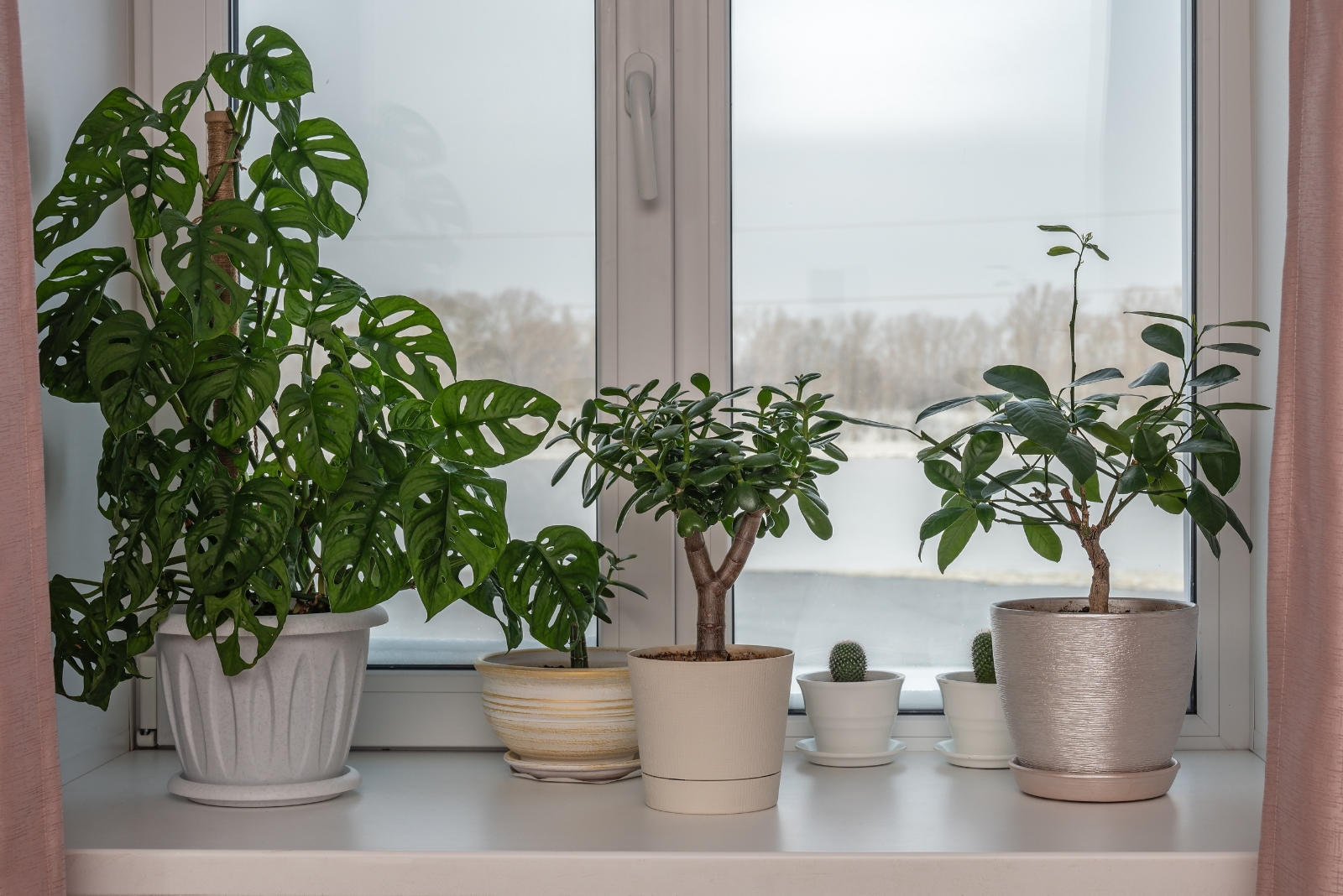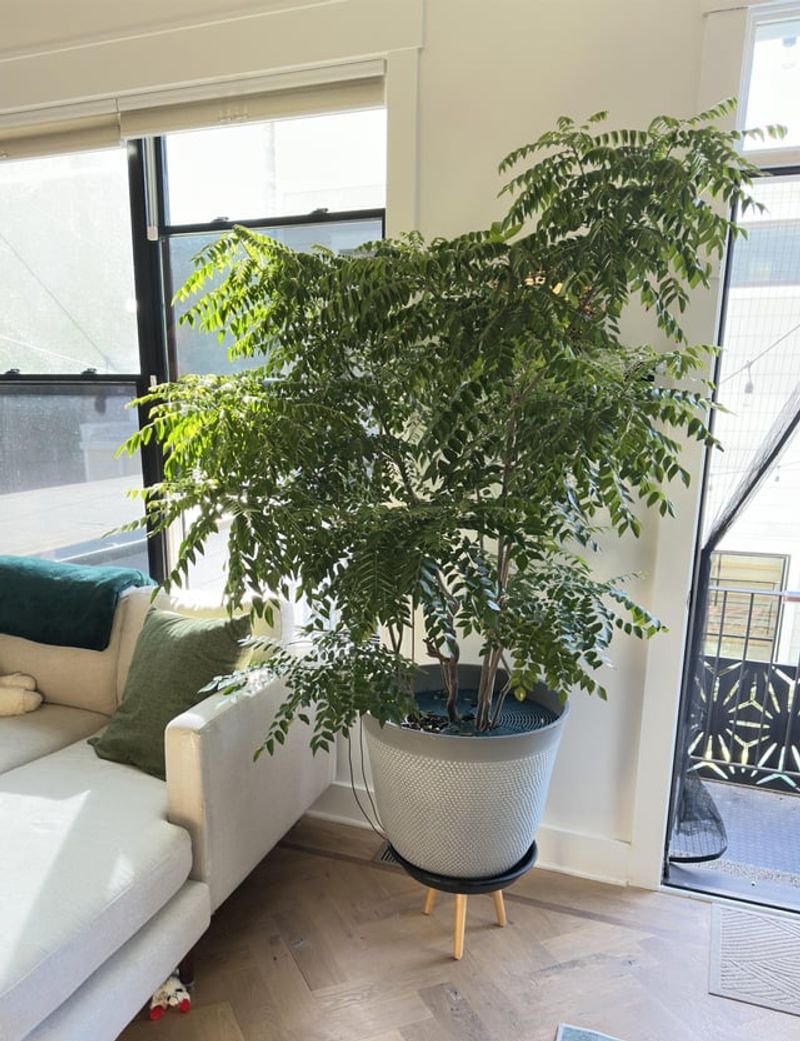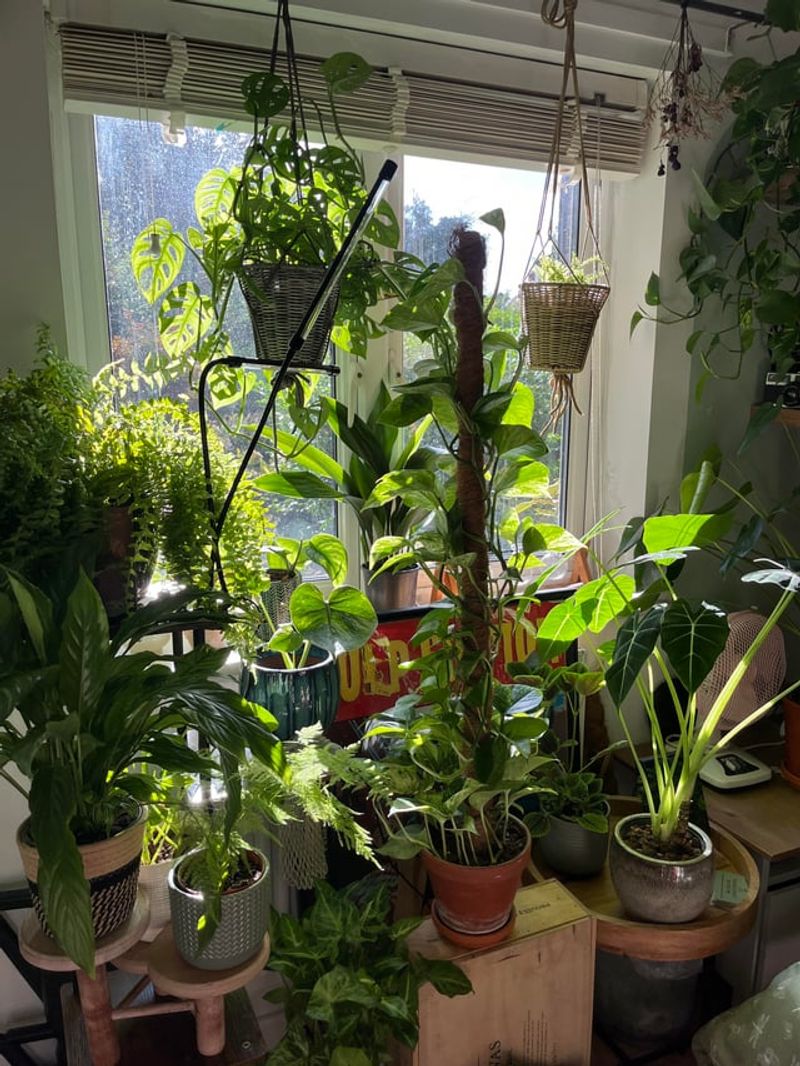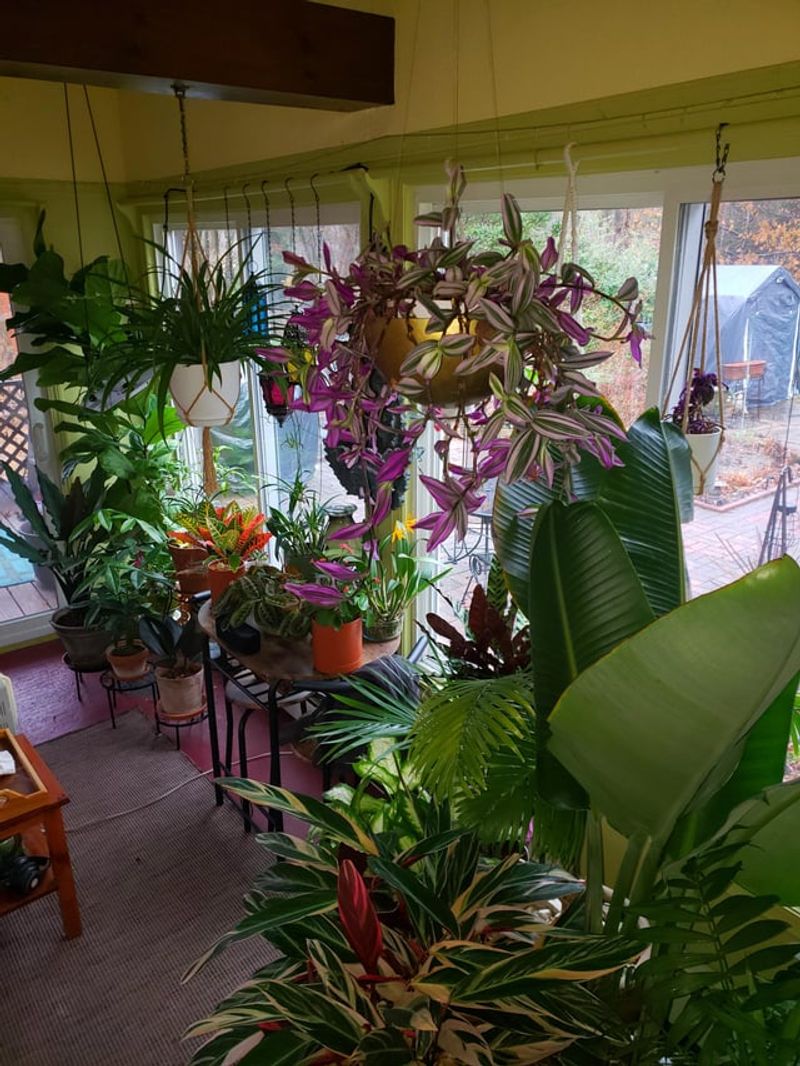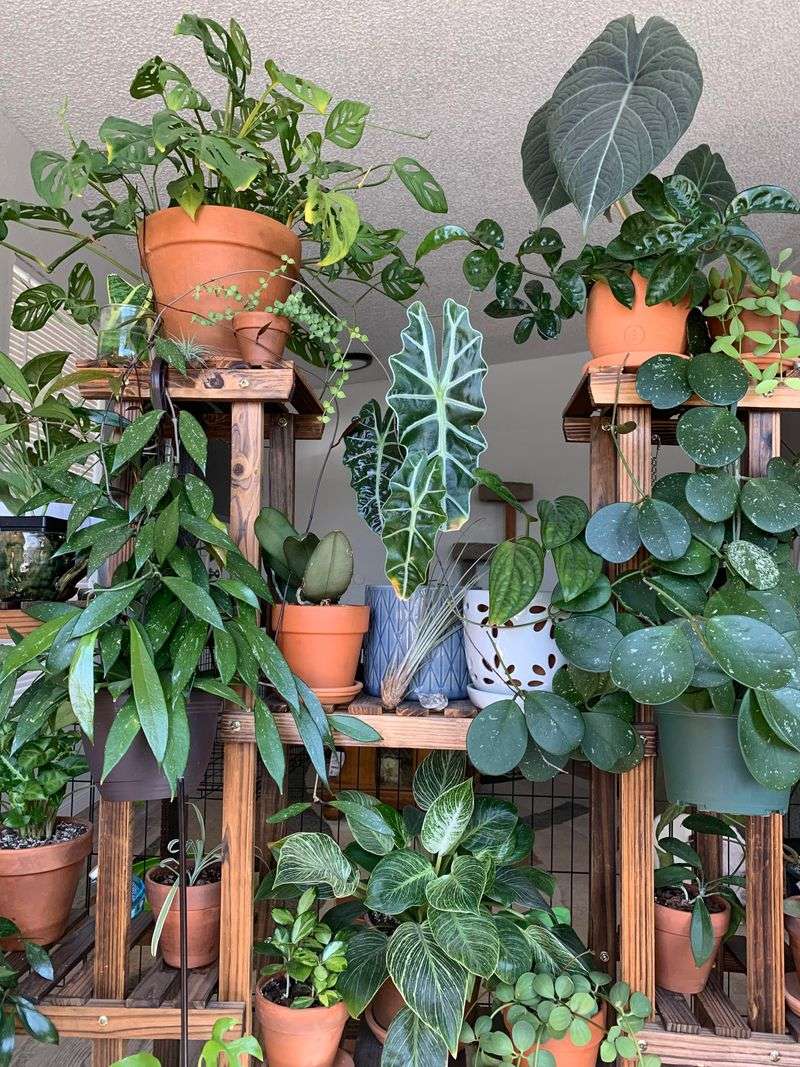Washington’s short, dim winter days might look gloomy, but plant lovers there have noticed something interesting happening. Certain varieties actually settle in and grow steadier once the harsh sunlight disappears.
I’ve watched a few of mine perk up in the cooler shade like they finally got a break. That quiet burst of progress is one of the season’s nicest surprises.
1. Lower Temperatures Slow Water Loss
Cool Washington air during winter months means plants lose moisture more slowly through their leaves. When temperatures drop, the tiny pores on plant surfaces close partially, keeping precious water inside longer.
Indoor plants need watering less often, which prevents root problems caused by soggy soil. Gardeners across the state notice healthier roots and stronger stems when their green friends conserve energy this way.
Balanced hydration leads to steady, sustainable development throughout the season.
2. Rest Periods Encourage Stronger Roots
Many plants naturally enter a dormant phase when daylight decreases, similar to how bears hibernate. During this quiet time, energy shifts from producing new leaves to building robust underground systems.
Washington plant enthusiasts often discover thicker, more extensive root networks come springtime. Stronger roots mean better nutrient absorption and improved stability for future growth spurts.
Allowing plants to rest during darker months creates a solid foundation for explosive blooming when sunshine returns.
3. Reduced Pest Activity Protects Foliage
Spider mites, aphids, and fungus gnats become less active when temperatures cool and humidity drops in Washington homes. Fewer bugs mean your plants suffer less damage and stress during winter.
Without constant pest pressure, leaves stay intact and photosynthesis happens more efficiently. Clean, undamaged foliage allows plants to focus energy on steady development rather than repairing bug bites.
Gardeners enjoy healthier collections with minimal intervention during these peaceful months.
4. Consistent Indoor Conditions Beat Wild Weather
While Pacific Northwest storms rage outside, Washington homes maintain stable temperatures and humidity levels. Plants appreciate predictable environments without sudden temperature swings or harsh wind exposure.
Indoor growing conditions remain far more reliable than outdoor fluctuations during winter. Steady warmth and controlled moisture help plants develop at an even pace without shock or setbacks.
Consistency allows your green companions to channel all their energy into healthy, uninterrupted expansion.
5. Slower Growth Means Fewer Mistakes
Rapid summer growth can lead to overwatering, excessive fertilizing, and other common errors that harm plants. Winter’s slower pace gives Washington gardeners more time to observe and respond thoughtfully.
When plants develop gradually, you can spot problems early before they become serious. Careful attention during quiet months builds better habits and deeper understanding of each plant’s unique needs.
Patient care during darker days translates to expertise that benefits your entire collection year-round.
6. Humidity From Heaters Mimics Tropical Climates
Washington homes often run humidifiers or place water trays near heating vents during cold months. Increased moisture in the air recreates the steamy conditions many popular houseplants originally came from.
Tropical species like ferns, calatheas, and philodendrons absolutely love this boost in humidity. Their leaves unfurl more smoothly, colors deepen, and overall vitality improves when air moisture matches their native rainforest homes.
Strategic humidity management turns winter into paradise for moisture-loving varieties.
7. Focused Energy Creates Compact, Sturdy Plants
Limited winter light prevents the leggy, stretched-out growth that happens when plants reach desperately for distant sunshine. Washington plant lovers notice tighter leaf spacing and thicker stems during darker months.
Compact growth patterns create more attractive, structurally sound specimens that won’t topple over easily. Plants invest in quality rather than quantity, producing denser foliage on shorter branches.
Come spring, these well-built plants have the strength to support abundant new growth and flowering.

